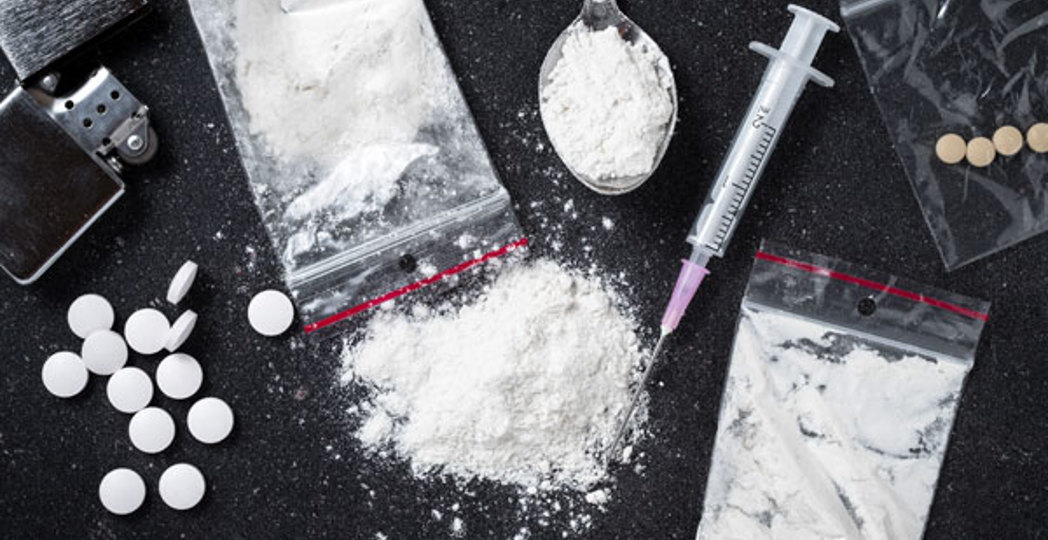Our Epidemic: The Drugs
by Sheehan Hannan | Sep. 5, 2017 | 7:00 PM

Prescription Painkillers
What it is: Derived from the opium poppy plant, opiate painkillers have been used since the 19th century in the form of morphine. With brand names such as Percocet, OxyContin and Vicodin, synthetic and semisynthetic versions are widely available by prescription. According to the Centers for Disease Control and Prevention, between 1999 and 2016 the number of opioids sold almost quadrupled despite Americans not reporting more pain. What it does: Prescription painkillers take the form of pills and patches. When used, opioids flood the brain and spinal column with dopamine, which shuts off feelings of pain and creates ones of pleasure. How it is used: In Cuyahoga County, about 60 prescriptions for painkillers were written per every 100 residents last year, according to the CDC. A survey of drug users by the Ohio Substance Abuse Monitoring Network showed people who use it most illicitly crush the pills and snort them.
Heroin
What it is: A natural opiate from the opium poppy plant, heroin was synthesized in the mid-1800s by the drug company Bayer. According to the Drug Enforcement Administration, heroin in the Cleveland area is most commonly a white or off-white powder. It is generally smuggled from Mexico by associates of the Sinaloa cartel for processing and sale by local dealers. While rarer, a brick-like black tar variety has also been seen here. According to the substance abuse survey, 1/10 of a gram (one dose) of powder costs roughly $10 on the street. What it does: Regional leaders agree that increased heroin usage is tied to prescription painkillers. When users are cut off, they turn to cheap heroin. Like other opioids, it floods dopamine into the brain, brings on sleepiness and euphoria, and dulls pain. How it is used: Most users heat the powder until it turns into a liquid, then inject it into a vein with a needle. Some snort it, and others smoke it. The survey reported that needle sharing is common.
Fentanyl
What it is: A lab-made opioid, fentanyl is up to 100 times more potent than morphine. It was first introduced in the 1960s as Sublimaze, a powerful painkiller primarily used in hospitals, and is still available in legal patches, lollipops and lozenges. Illicit fentanyl is largely manufactured overseas, primarily China, then shipped here in the mail or stolen from legitimate sources. What it does: There are many versions of fentanyl, including extremely potent animal tranquilizers such as carfentanil, which are not intended for human consumption. Even small amounts of fentanyl produce extreme highs. How it is used: A majority of area opioid overdose deaths are now fentanyl-related. Although sometimes seen alone, the drug is also often mixed with heroin, powder and crack cocaine, marijuana or even disguised as prescription pills.
Trending
-
1
-
2
-
3
-
4
-
5










